Table of Contents
Thinking about getting that popular butterfly cut? It looks fantastic on Instagram, all those face-framing layers and serious volume. But if your hair leans towards the frizzy side, a common concern pops up: does a **butterfly cut frizzy hair** situation just mean more volume *and* more frizz? It’s a completely fair question. You see the sleek, bouncy versions online and maybe doubt your own hair can achieve that without a daily struggle.
What is a Butterfly Cut and Why Frizz Happens
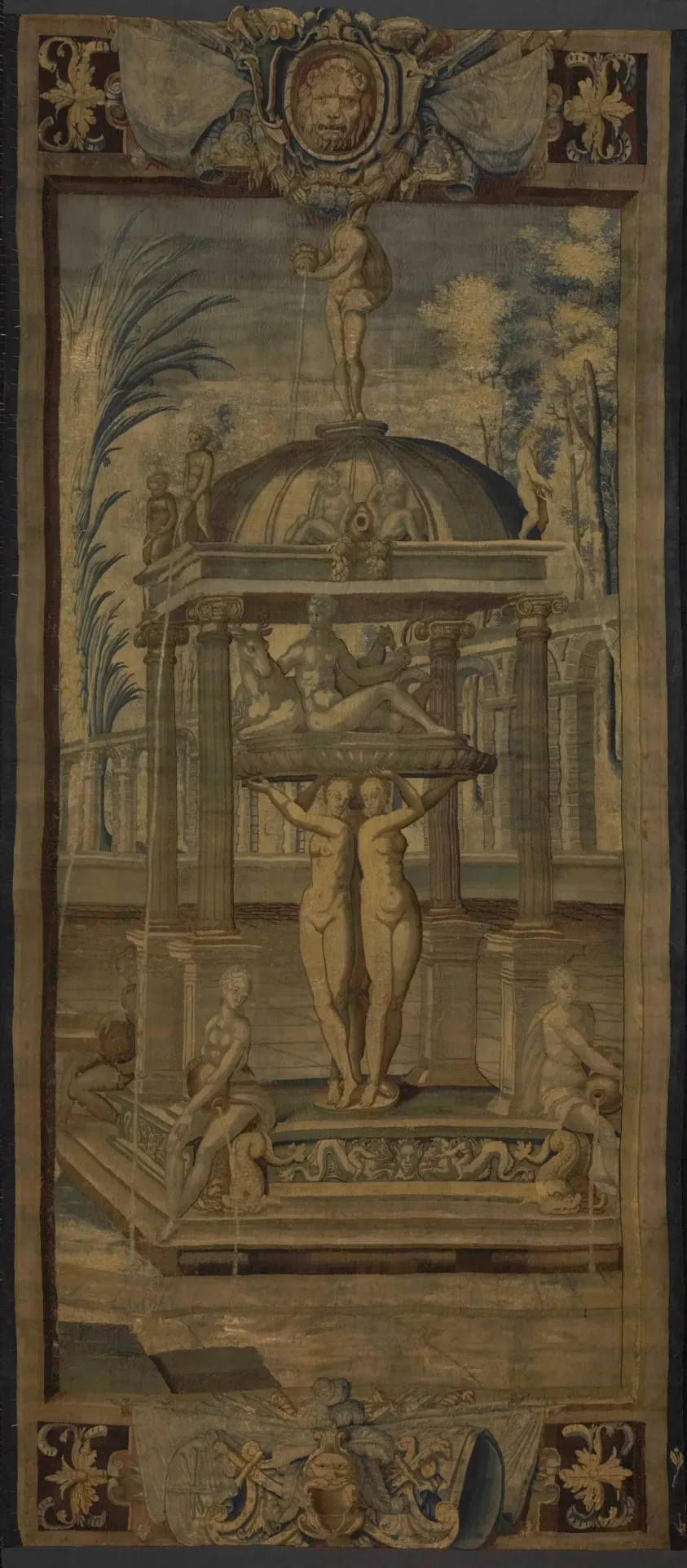
What is a Butterfly Cut and Why Frizz Happens
Understanding the Butterfly Cut's Structure
So, what exactly is this butterfly cut everyone's talking about? Picture layers, but not just any layers. It's designed to give you maximum volume and movement, particularly around the face. The magic lies in creating shorter, face-framing layers that blend seamlessly into longer layers throughout the back. Think of it like two distinct haircuts blended together – the shorter front section mimics the shape of butterfly wings when styled, hence the name. This technique removes weight strategically, aiming for that bouncy, effortless look you see everywhere.
Why Hair Decides to Frizz
Now, let's talk about frizz. It’s basically your hair reaching out for moisture in the air because its outer layer, the cuticle, isn't lying flat. This happens for a bunch of reasons: maybe your hair is naturally dry, it's been damaged by heat or chemicals, or humidity is just through the roof. When the cuticle is rough or raised, moisture from the environment gets in, causing the hair shaft to swell unevenly, and bam – frizz appears. It’s not a moral failing, just hair physics.
- Humidity: The classic frizz culprit.
- Damage: Heat styling, coloring, perms rough up the cuticle.
- Dryness: Hair seeks moisture wherever it can find it.
- Genetics: Some hair types are just more prone to it.
- Friction: Towel drying aggressively or rough pillowcases.
The Butterfly Cut and Frizzy Hair: The Connection
Bringing those two together, you might wonder if a butterfly cut makes frizzy hair worse. Here’s the deal: the cut itself doesn't *cause* frizz. Your hair's natural texture and condition are the main drivers. However, the layering in a butterfly cut creates more ends and more surface area on each strand. If your hair is prone to frizz, these extra ends and layers can potentially look *more* frizzy if not managed correctly. It's not a guaranteed disaster, but it requires a bit more attention than maybe a blunt cut would. Navigating a **butterfly cut frizzy hair** situation is less about fighting your texture and more about working with it.
Can You Really Get a Butterfly Cut with Frizzy Hair?
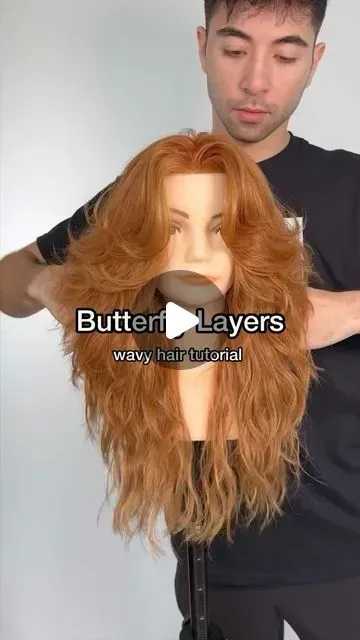
Can You Really Get a Butterfly Cut with Frizzy Hair?
Assessing Your Frizz Type and Hair Health
let's cut to the chase. Can someone with frizzy hair actually rock a butterfly cut? The short answer is yes, but it's not a "walk in, get cut, walk out perfect" scenario. It really hinges on *why* your hair is frizzy and its overall health. Is your frizz more about dryness and lack of moisture, or is it damage from years of bleaching and heat? Understanding the root cause matters. A butterfly cut adds layers, which means more ends are exposed. If those ends are fried and split, those layers will look ragged and amplify the frizz, not give you bouncy wings. Healthy hair, even if naturally prone to frizz, will hold the style better and look more polished. You need a solid foundation before layering begins.
Think about your hair's current state. Does it feel like straw? Does it snap easily? Or is it just big and a bit unruly in humidity? Be honest with yourself about your hair's health. A good stylist will do this assessment too, but knowing your hair's tendencies helps you communicate effectively.
What kind of frizz are you dealing with?
- Surface Frizz: Just the outer layer looks fuzzy. Often due to humidity or static.
- Halo Frizz: Frizz concentrated on the top layer. Can be new growth or breakage.
- Internal Frizz: The whole strand feels rough and looks puffy. Usually indicates dryness or damage.
Finding a Stylist Who Gets Frizz and Layers
This is arguably the most critical step in getting a successful **butterfly cut frizzy hair** transformation. You don't just need a stylist who can wield scissors; you need one who understands texture, specifically *your* texture. Look for someone who specializes in cutting curly or wavy hair, as they often have a better grasp on how different hair types behave when layered. They know how to remove weight without creating triangles or making frizz worse. Ask questions during the consultation. How do they approach cutting frizzy hair? What styling tips do they recommend for this cut and your hair type? If they just shrug and say "use serum," maybe keep looking.
Don't be afraid to look at their work, especially on clients with hair similar to yours. Pictures on their social media or website are your friends here. A stylist comfortable working with texture won't shy away from showing it off. They'll also likely recommend the cut be done on dry hair, or at least partially dry, so they can see how your hair naturally falls and behaves.
Setting Realistic Expectations for Your Butterfly Cut
Let's manage those expectations right now. While a butterfly cut can give incredible shape and volume to frizzy hair, it probably won't magically turn it into glass-like strands that never frizz. That photo you saw on Pinterest likely involved professional styling, specific products, and maybe even a filter. Your everyday reality might require effort. You'll still need a good product routine – anti-frizz serums, leave-in conditioners, maybe even a styling cream or light gel to help define those layers and keep the cuticle smooth.
The goal is to enhance your hair's natural movement and shape with the cut, while using styling and care to minimize the frizz. Some days, especially in high humidity, you might have more frizz than others. That’s okay. It’s about finding a balance where the cut looks good, and the frizz feels manageable, not like you're fighting a losing battle every morning. A successful **butterfly cut frizzy hair** pairing is about embracing your texture with a strategic shape, not trying to force it into something it's not.
Prepping Your Frizzy Hair for a Butterfly Cut
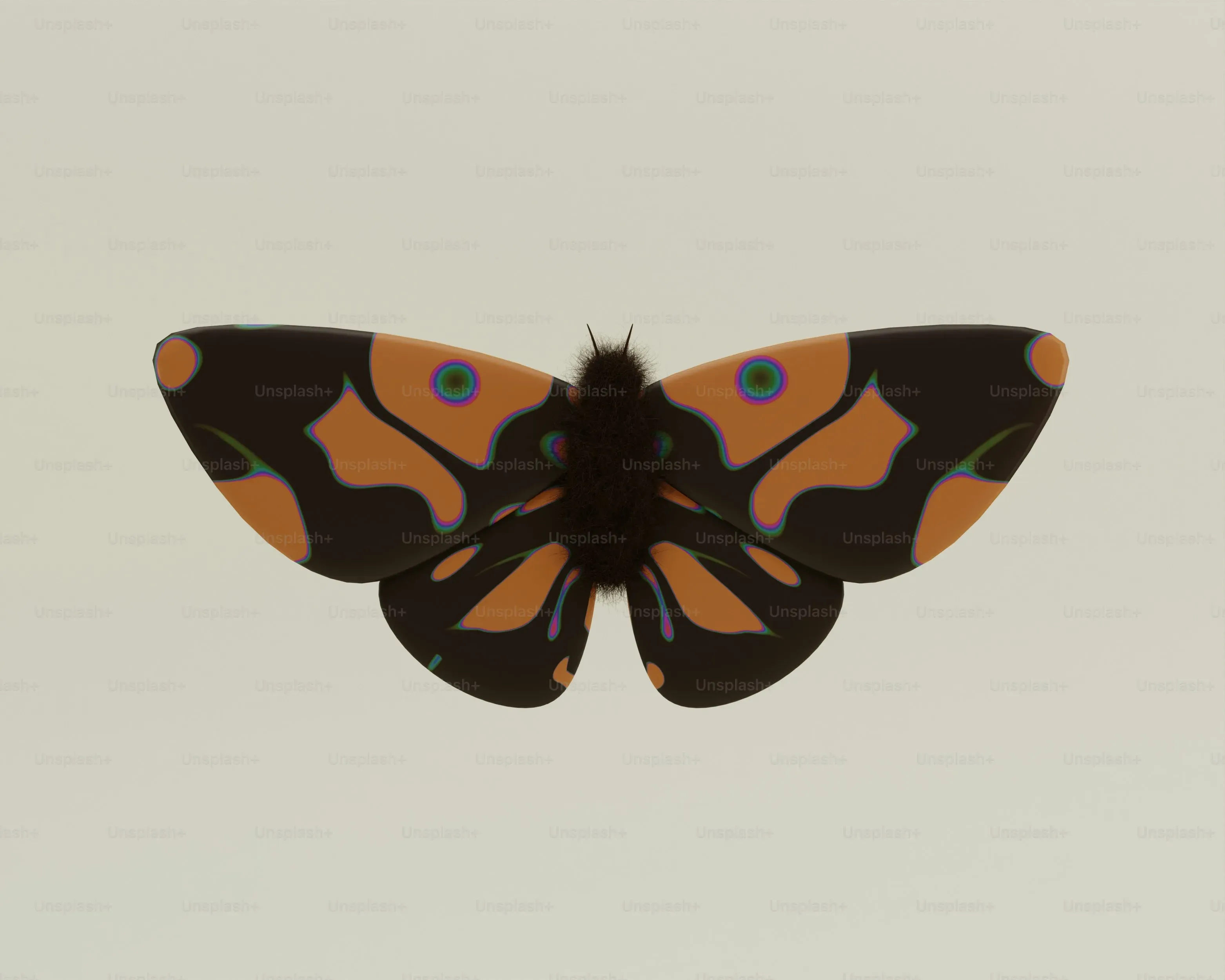
Prepping Your Frizzy Hair for a Butterfly Cut
Hydration is Your Best Friend Before the Chop
Alright, so you've decided to go for it, despite the inherent chaos of **butterfly cut frizzy hair**. Good on you. Before you even think about sitting in that salon chair, you need to load your hair up with moisture. Frizz is literally a cry for hydration, remember? The better moisturized your hair is going into the cut, the happier those new layers will be. Start a deep conditioning routine at least a week or two before your appointment. We're talking masks, leave-ins, maybe even a hot oil treatment. The goal is to get the cuticle as smooth as possible so it's less likely to grab moisture from the air and puff up.
Think of it like prepping a canvas. You wouldn't paint on a cracked, dry wall, right? Same principle applies here. Your hair needs to be supple and strong to handle the layering and styling that comes with a butterfly cut. Skip the harsh sulfates and drying alcohols in your regular shampoo and conditioner during this prep phase. Opt for hydrating formulas designed for dry or frizzy hair.
Trim Those Ends and Talk Strategy
Before you get the butterfly cut, seriously consider getting a small trim to get rid of any split ends. Split ends are frizz magnets, plain and simple. Cutting them off removes damaged material that will just make your new layers look messy. It's like clearing the decks before a big project. A quick dusting of the ends can make a world of difference in how the butterfly layers lay and blend.
More importantly, have a detailed chat with your stylist. Show them pictures of what you like, but also pictures of your hair on a "bad" frizz day. Discuss your daily routine, how much time you're willing to spend styling, and what products you currently use. A good stylist will factor all of this in when planning the cut. They might suggest slight modifications to the layering based on where your frizz tends to concentrate or how your hair naturally falls. This isn't just about getting a cut; it's a collaborative strategy session for your **butterfly cut frizzy hair** goals.
Here’s a quick pre-cut checklist:
- Deep condition regularly for 1-2 weeks.
- Get a small trim to remove split ends.
- Use hydrating shampoo and conditioner.
- Gather inspiration photos (good and realistic).
- Book a detailed consultation with your stylist.
Clarify, But Don't Over-Strip Beforehand
this one's a bit nuanced. You want your hair clean so the stylist can see its true texture and movement without product buildup weighing it down. A light clarifying wash a day or two before is fine, but don't go in with the harshest cleanser you own right before the cut. You don't want to strip away all the natural oils and leave your hair feeling parched and more prone to frizz immediately after. The stylist needs to see your hair in a relatively natural state, not artificially smooth from heavy products or overly stripped from harsh cleansing.
Aim for clean, hydrated hair for your appointment. Avoid piling on heavy styling creams or oils right before you go. Let your stylist see what they're working with so they can tailor the cut precisely to your hair's behavior. This step ensures there are no surprises once the cutting begins and helps them create a shape that works *with* your **butterfly cut frizzy hair** rather than against it.
Styling Your Butterfly Cut Frizzy Hair Daily
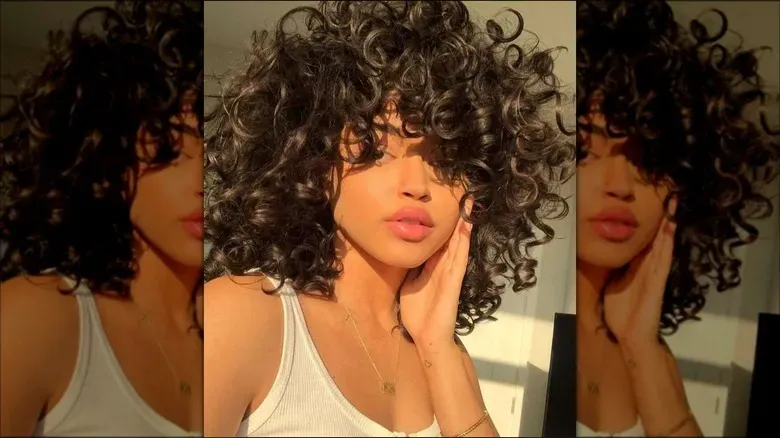
Styling Your Butterfly Cut Frizzy Hair Daily
Choosing the Right Products for Your Layers
Alright, you’ve got the cut, prepped your hair, and hopefully found a stylist who didn't just stare blankly when you said "frizzy." Now comes the daily dance: styling your **butterfly cut frizzy hair**. This isn't the time to grab whatever mystery potion is lurking under your sink. Product selection is key. You need things that hydrate, smooth the cuticle, and offer some hold without making your hair feel like a crunchy helmet or an oil slick. Think lightweight leave-in conditioners, anti-frizz serums that actually work (look for silicones or natural oils like argan or jojoba), and maybe a flexible hold cream or spray. The goal is to tame, not suffocate, those new layers.
Layering products can be helpful. Start with a hydrating base, then apply a frizz-fighting serum or oil, focusing on the mid-lengths and ends. If you need definition, a curl cream (even if your hair is wavy, not curly) or a light gel can help clump those layers together and reduce individual strand frizz. Apply products when your hair is damp, not soaking wet or bone dry. This helps distribute them evenly and lock in moisture before frizz has a chance to set in. Experimenting is crucial here; what works for one person's frizz might not work for yours.
Mastering Drying Techniques for Smooth Results
How you dry your hair after getting a butterfly cut on frizzy hair can make or break the style. Aggressive towel drying is a one-way ticket to frizz city. Instead, gently blot your hair with a microfiber towel or an old cotton t-shirt. This absorbs excess water without roughing up the cuticle. Once towel-dried, apply your styling products.
Air drying is an option if your hair doesn't take forever, but humidity can still be an issue. If you're blow-drying, use a diffuser. This attachment disperses the airflow, reducing direct heat and minimizing frizz. Use a medium heat setting and low speed. Tilt your head and cup sections of hair in the diffuser, pushing up towards the scalp to encourage volume and shape in the layers. Don't fully dry your hair this way; leave it slightly damp to prevent over-drying, which, you guessed it, leads to more frizz. Finish with a cool shot from the dryer to seal the cuticle.
Blow Drying Tips for Butterfly Layers
- Blot hair gently with a microfiber towel or t-shirt.
- Apply styling products when hair is damp.
- Use a diffuser attachment on your blow dryer.
- Use medium heat and low speed settings.
- Tilt head and diffuse sections upwards for volume.
- Leave hair slightly damp to avoid over-drying.
- Finish with a cool shot.
LongTerm Care for Your Butterfly Cut Frizzy Hair
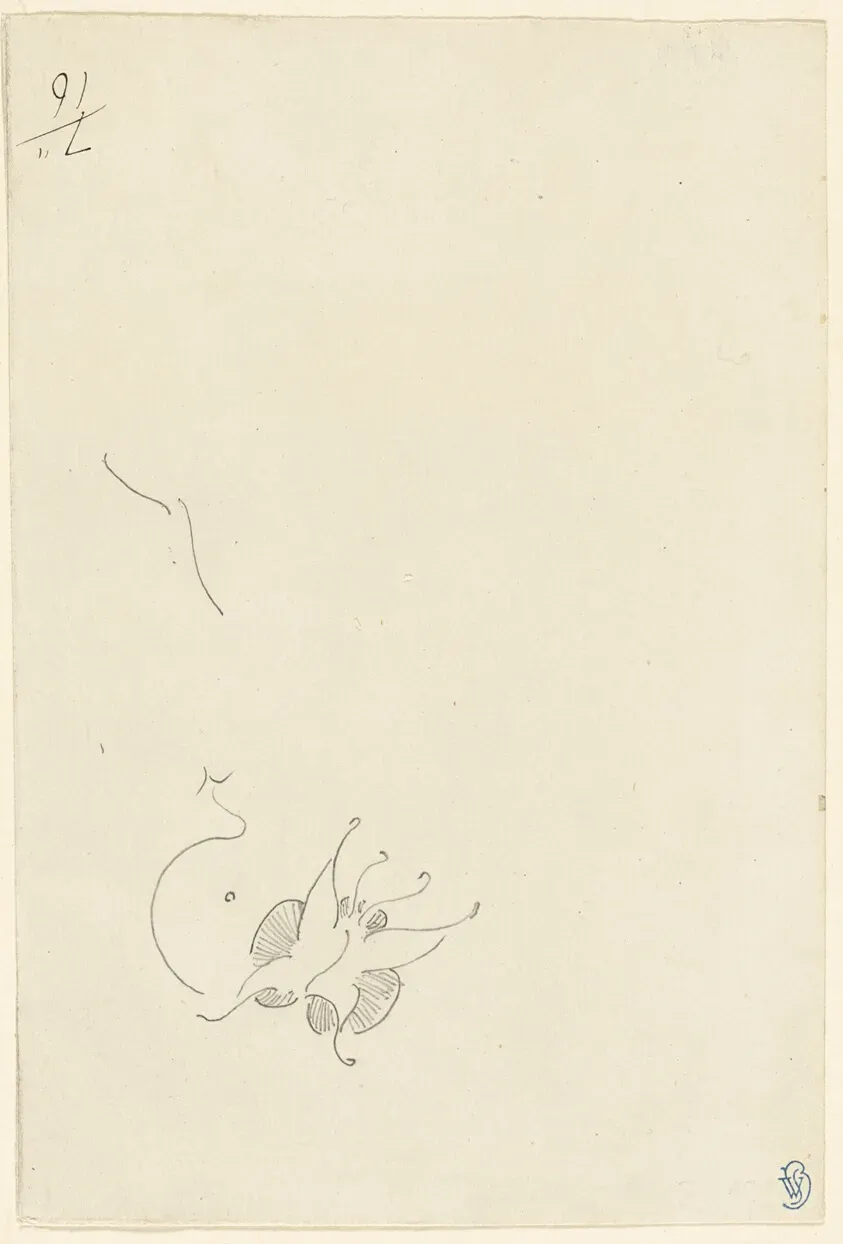
LongTerm Care for Your Butterfly Cut Frizzy Hair
Maintaining Hydration and Health
Getting the butterfly cut is just the first step; keeping it looking good, especially with frizzy hair, requires ongoing commitment. You can't just get the layers cut and then forget about your hair's basic needs. Consistent hydration is non-negotiable. This means sticking with those sulfate-free, moisturizing shampoos and conditioners you hopefully started using during your prep phase. Deep conditioning treatments once a week or every two weeks are essential. Think of it as regularly topping up your hair's internal moisture levels so it's less desperate to pull it from the humid air.
Don't underestimate the power of a good leave-in conditioner used daily, particularly on the mid-lengths and ends where those butterfly layers live. This adds a continuous layer of moisture and helps keep the cuticle smooth throughout the day. Ignoring this step is like building a house without a roof and being surprised when it rains inside. Your **butterfly cut frizzy hair** needs that protective layer.
Regular Trims and Damage Control
Those beautiful, face-framing layers won't stay sharp forever. Regular trims are crucial for maintaining the shape of the butterfly cut and, more importantly, for managing frizz. Split ends travel up the hair shaft, making frizz worse and causing those layers to look stringy and undefined. Aim for a trim every 10-12 weeks, even if you're trying to grow your hair out. A small dusting will keep the ends healthy and the layers looking intentional. Your stylist can also reshape the layers slightly during these appointments to keep the volume and movement where you want it.
Beyond trims, be mindful of daily damage. Excessive heat styling without protection, rough handling, and even certain hairstyles can contribute to breakage and frizz. Using a heat protectant every single time you apply heat is non-negotiable. Sleeping on a silk or satin pillowcase can also significantly reduce friction and prevent frizz overnight. It might sound minor, but these small habits add up in the long run for your **butterfly cut frizzy hair** journey.
Signs Your Butterfly Cut Needs a Trim:
- Ends look see-through or split.
- Layers lose their definition and bounce.
- Frizz seems worse than usual, even with products.
- The face-framing pieces look uneven or stringy.
Adjusting Your Routine Seasonally
Frizz isn't a static problem; it changes with the weather. Your long-term care routine for **butterfly cut frizzy hair** needs to be flexible. High humidity in the summer might require stronger anti-frizz serums or gels, and maybe leaning into styles that embrace a bit more texture. Dry winter air, on the other hand, calls for richer deep conditioners and leave-ins to combat moisture loss from indoor heating. Paying attention to how your hair behaves in different conditions allows you to proactively adjust your product choices and styling methods.
Don't be afraid to swap out products or techniques based on the season or even the day's forecast. What worked perfectly in October might be useless in July. This adaptability is key to keeping your butterfly cut looking its best year-round. It’s about being the boss of your frizz, not letting the weather dictate your hair's destiny.
Making Your Butterfly Cut Work with Frizz
So, pairing a butterfly cut with frizzy hair isn't some impossible dream, but it's also not a set-it-and-forget-it deal. We’ve talked through the necessary groundwork before you even sit in the salon chair, the daily battle plan for styling those layers, and the long-haul commitment to keeping your hair healthy. It requires conscious effort – choosing the right products, using heat tools wisely (or not at all), and being consistent with hydration. Your butterfly cut won't magically erase frizz, but with the right approach, it can absolutely enhance your hair's shape and volume without adding chaos. It's about working *with* your texture, not against it, to get a style that feels good and looks intentional.